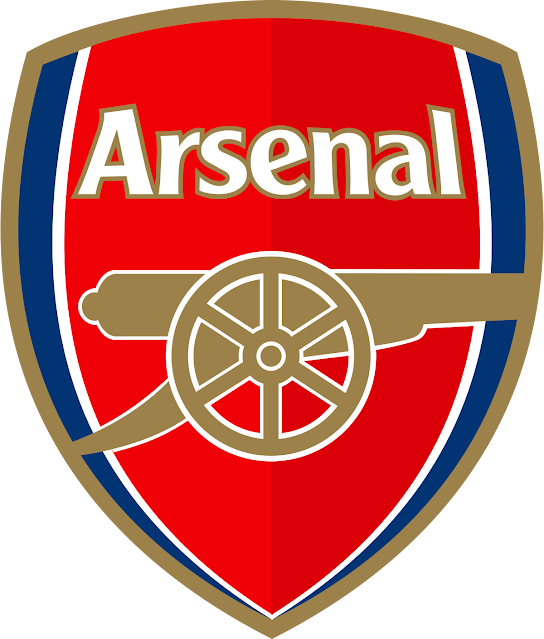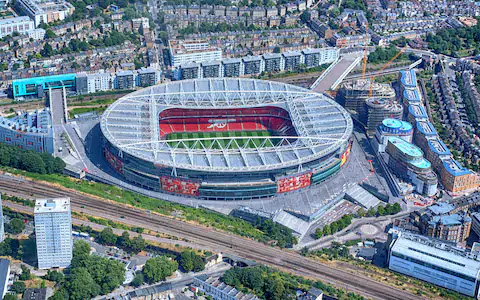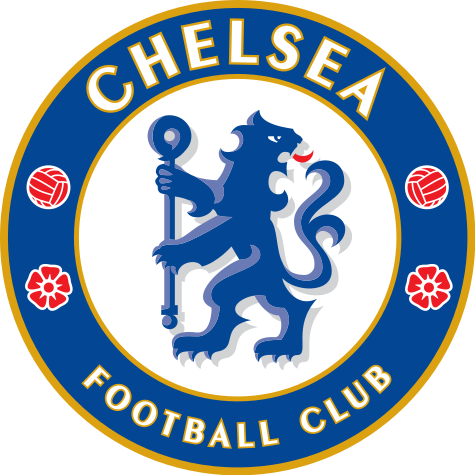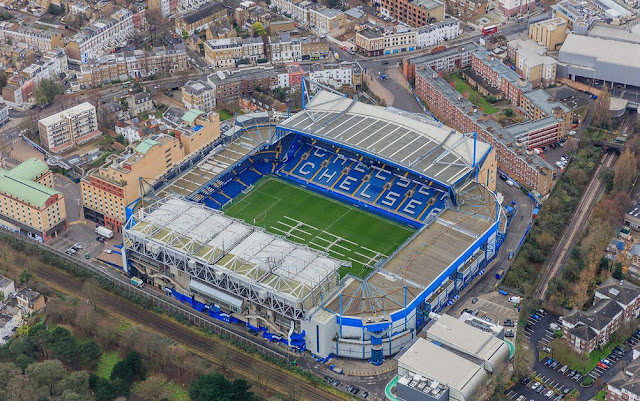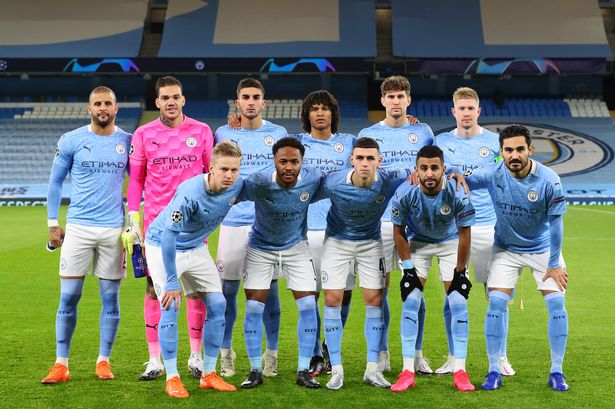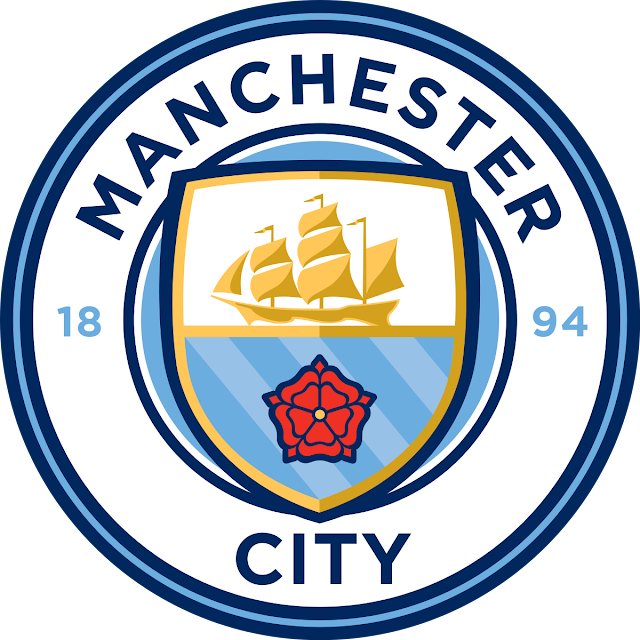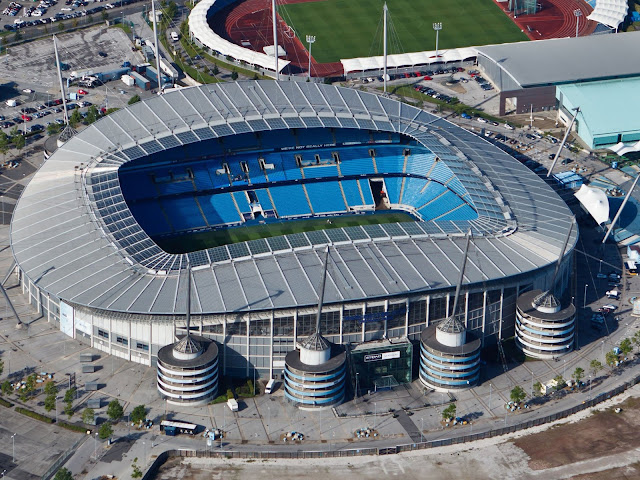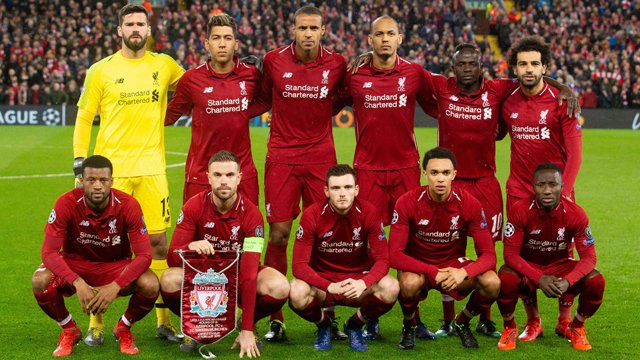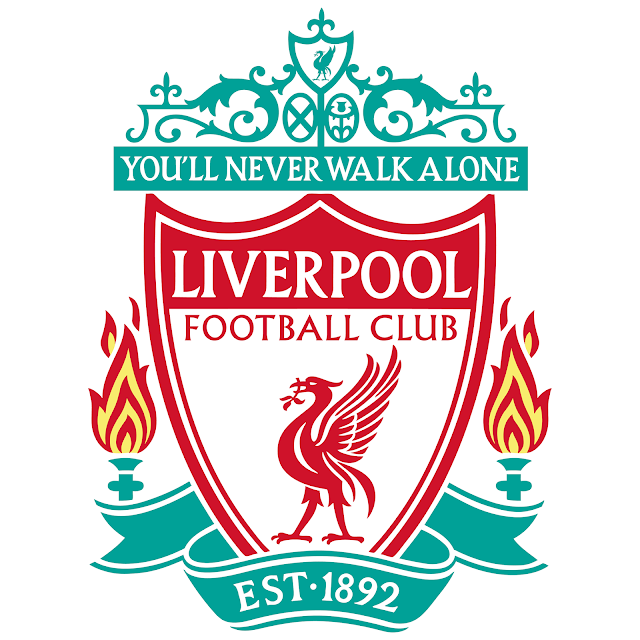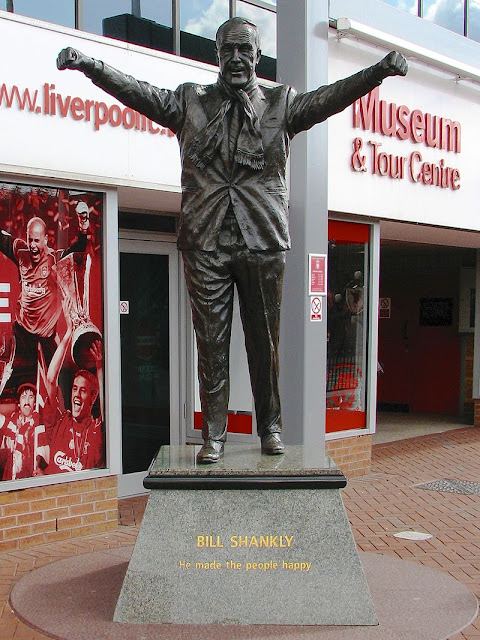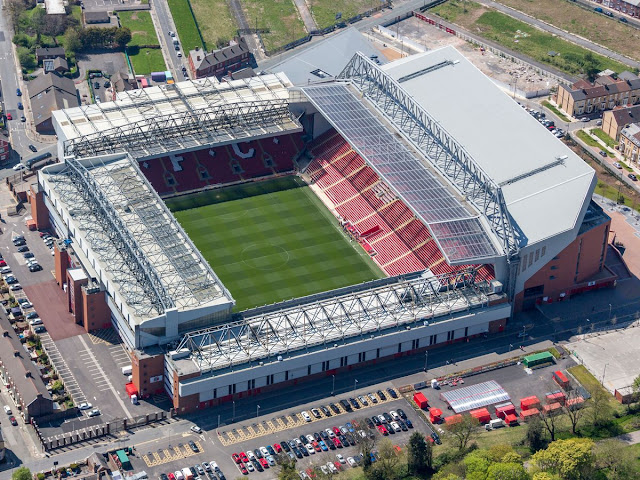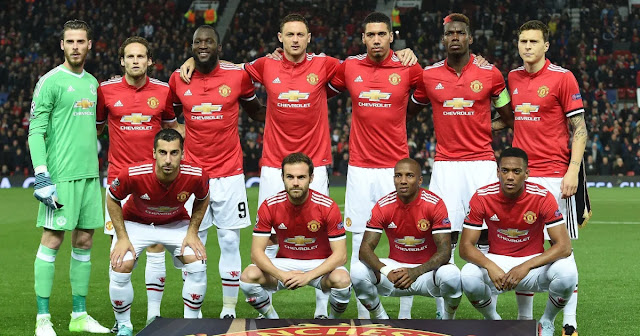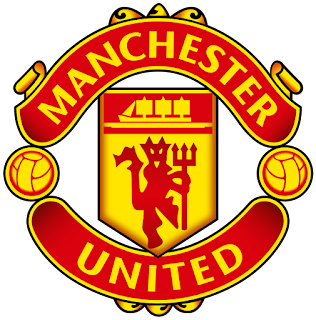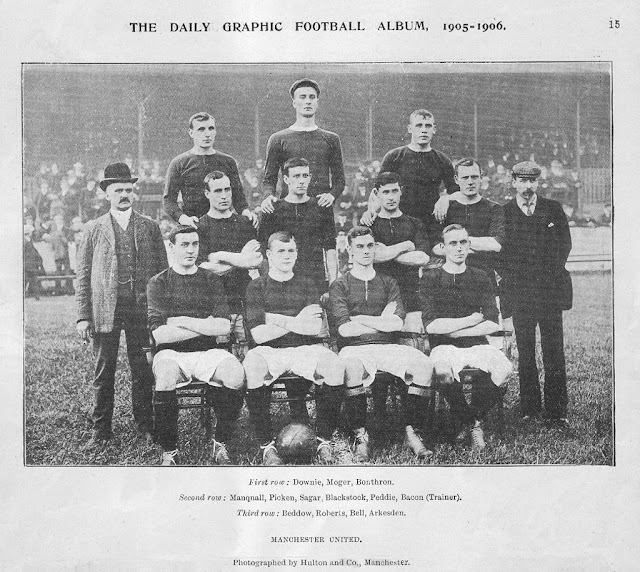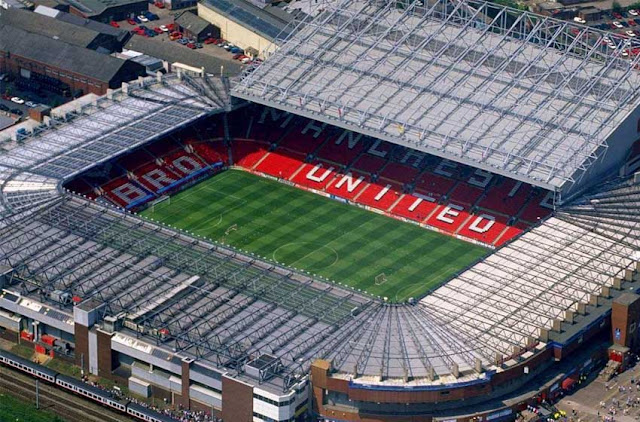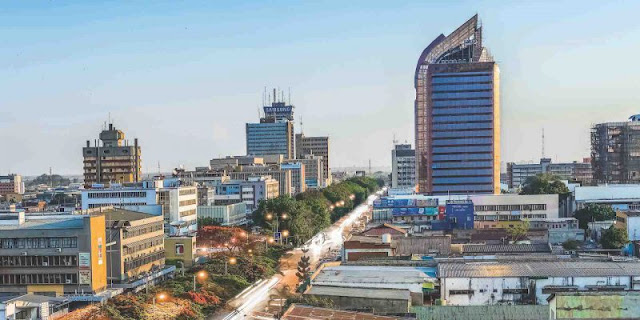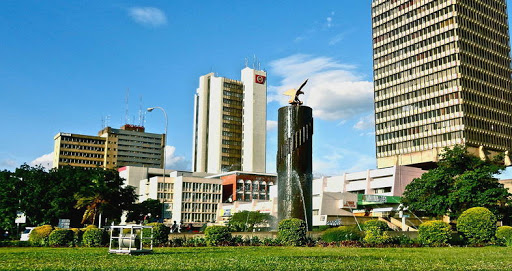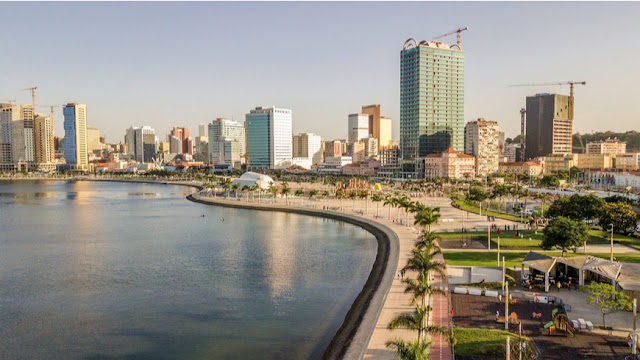About Arsenal Football Club
Arsenal Football Club is a professional football club based in Islington, London, England that plays in the Premier League, the top flight of English football. The club has won 13 league titles (including one unbeaten title), a record 14 FA Cups, two League Cups, 16 FA Community Shields, the League Centenary Trophy, one European Cup Winners' Cup, and one Inter-Cities Fairs Cup.
Arsenal was the first club from the South of England to join The Football League, in 1893, and they reached the First Division in 1904. Relegated only once, in 1913, they continue the longest streak in the top division,and have won the second-most top-flight matches in English football history.In the 1930s, Arsenal won five League Championships and two FA Cups, and another FA Cup and two Championships after the war. In 1970–71, they won their first League and FA Cup Double. Between 1989 and 2005, they won five League titles and five FA Cups, including two more Doubles. They completed the 20th century with the highest average league position.
Logo
Herbert Chapman, who changed the fortunes of Arsenal forever, won the club its first silverware, and his legacy led the club to dominate the 1930s decade; Chapman, however, died of pneumonia in 1934, aged 55. He helped introduce the WM formation, floodlights, and shirt numbers;he also added the white sleeves and brighter red to the club's jersey.Arsène Wenger was the longest-serving manager and won the most trophies. He won a record seven FA Cups, and his title-winning team set an English record for the longest top-flight unbeaten league run at 49 games between 2003 and 2004,receiving the nickname The Invincibles.
History
In 1886 munitions workers at the Royal Arsenal in Woolwich founded the club as Dial Square. In 1913, the club crossed the city to Arsenal Stadium in Highbury, becoming close neighbours of Tottenham Hotspur, and creating the North London derby. In 2006, they moved to the nearby Emirates Stadium. In terms of revenue, Arsenal is the ninth highest-earning football club in the world, earned €487.6m in 2016–17 season.Based on social media activity from 2014 to 2015, Arsenal's fanbase is the fifth largest in the world.In 2018, Forbes estimated the club was the third most valuable in England, being worth US$2.24 billion.The motto of the club has long been Victoria Concordia Crescit, Latin for "Victory Through Harmony".
In October 1886, Scotsman David Danskin and fifteen fellow munitions workers in Woolwich, Kent, now in South East London, formed Dial Square (a workshop at the heart of the Royal Arsenal complex) Football Club, with each member contributing sixpence and Danskin adding another three shillings to help form the club.The club changed its name to Royal Arsenal a month later.Royal Arsenal F.C.'s first home was Plumstead Common,though they spent most of their time in South East London playing on the other side of Plumstead, at the Manor Ground. Royal Arsenal first trophies they won was the Kent Senior Cup and London Charity Cup in 1889–90 and the London Senior Cup in 1890–91 these were the only football association trophies Arsenal won during their time in South East London.In 1891, Royal Arsenal became the first London club to turn professional.
Royal Arsenal renamed themselves for a second time upon becoming a limited liability company in 1893. They registered their new name, Woolwich Arsenal, with The Football League when the club ascended later that year.Woolwich Arsenal was the first southern member of The Football League, starting out in the Second Division and winning promotion to the First Division in 1904. Falling attendances, due to financial difficulties among the munitions workers and the arrival of more accessible football clubs elsewhere in the city, led the club close to bankruptcy by 1910.Businessmen Henry Norris and William Hall became involved in the club, and sought to move them elsewhere.
In 1913, soon after relegation back to the Second Division, Woolwich Arsenal moved to the new Arsenal Stadium in Highbury, North London. This saw their third change of name: the following year, they reduced Woolwich Arsenal to simply The Arsenal.In 1919, The Football League voted to promote The Arsenal, instead of relegated local rivals Tottenham Hotspur, into the newly enlarged First Division, despite only listing the club sixth in the Second Division's last pre-war season of 1914–15. Some books have speculated that the club won this election to division one by dubious means.Later that year, The Arsenal started dropping "The" in official documents, gradually shifting its name for the final time towards Arsenal, as it is generally known today.
Stadium
Before joining the Football League, Arsenal played briefly on Plumstead Common, then at the Manor Ground in Plumstead, then spent three years between 1890 and 1893 at the nearby Invicta Ground. Upon joining the Football League in 1893, the club returned to the Manor Ground and installed stands and terracing, upgrading it from just a field. Arsenal continued to play their home games there for the next twenty years (with two exceptions in the 1894–95 season), until the move to north London in 1913.
Widely referred to as Highbury, Arsenal Stadium was the club's home from September 1913 until May 2006. The original stadium was designed by the renowned football architect Archibald Leitch, and had a design common to many football grounds in the UK at the time, with a single covered stand and three open-air banks of terracing.The entire stadium was given a massive overhaul in the 1930s: new Art Deco West and East stands were constructed, opening in 1932 and 1936 respectively, and a roof was added to the North Bank terrace, which was bombed during the Second World War and not restored until 1954.
Emirates stadium
Highbury could hold more than 60,000 spectators at its peak, and had a capacity of 57,000 until the early 1990s. The Taylor Report and Premier League regulations obliged Arsenal to convert Highbury to an all-seater stadium in time for the 1993–94 season, thus reducing the capacity to 38,419 seated spectators.This capacity had to be reduced further during Champions League matches to accommodate additional advertising boards, so much so that for two seasons, from 1998 to 2000, Arsenal played Champions League home matches at Wembley, which could house more than 70,000 spectators.
Expansion of Highbury was restricted because the East Stand had been designated as a Grade II listed building and the other three stands were close to residential properties.These limitations prevented the club from maximising matchday revenue during the 1990s and first decade of the 21st century, putting them in danger of being left behind in the football boom of that time.After considering various options, in 2000 Arsenal proposed building a new 60,361-capacity stadium at Ashburton Grove, since named the Emirates Stadium, about 500 metres south-west of Highbury.The project was initially delayed by red tape and rising costs,and construction was completed in July 2006, in time for the start of the 2006–07 season.The stadium was named after its sponsors, the airline company Emirates, with whom the club signed the largest sponsorship deal in English football history, worth around £100 million.Some fans referred to the ground as Ashburton Grove, or the Grove, as they did not agree with corporate sponsorship of stadium names.The stadium will be officially known as Emirates Stadium until at least 2028, and the airline will be the club's shirt sponsor until at least 2024.From the start of the 2010–11 season on, the stands of the stadium have been officially known as North Bank, East Stand, West Stand and Clock end.


